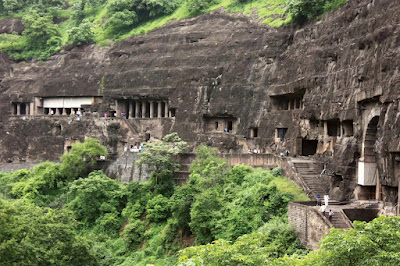Operation Highjump was a United States Navy expedition to Antarctica, which took place from August 1946 to February 1947. The mission was to establish the Antarctic research base Little America IV and to conduct scientific studies of the region. However, there are rumors and historical mysteries surrounding this expedition, including a Nazi secret base in Antarctica, a flying saucer attack, and the occult origins of the Third Reich.
The Russian documentary "Third Reich – Operation UFO" explores these rumors and mysteries in detail. It suggests that there was a Nazi underground base in Antarctica called Base 211, which was home to advanced technologies such as anti-gravity engines and flying discs. The documentary also delves into the alleged existence of a Nazi flying saucer program and the channeling of extraterrestrial engineering schematics by members of the German occult group Thule Society in the early part of the twentieth century.
According to the documentary, the United States Navy expedition was attacked by flying saucers in 1947. Admiral Richard E. Byrd, the commander of Operation Highjump, reported that the flying saucers were able to fly pole to pole and were much faster than any craft known to humans. He testified to Congress about these enemies with the ability to fly "pole to pole."
The film also discusses the creation of "New Swabia," a pre-war Nazi interest in Antarctica. German U-Boat submarine commanders testified to the existence of this area, and there are allegations of thousands of Nazi scientists and engineers disappearing at the end of the war. These personnel cannot be accounted for by the Vatican and Odessa 'rat lines' or American 'Operation Paperclip' activities. The documentary analyzes the actual geo-physical possibilities of an underground base in Antarctica.
Furthermore, the documentary illustrates the many sightings of unknown crafts around the Antarctic region and the theoretical basis for polar wormholes as entrance and exit points for visiting extraterrestrial spaceships. It raises questions about the possible involvement of HAARP and why nearly all American Antarctic bases seem to be populated by agents of the National Security Agency and CIA.
The interface of myth and reality is a shifting mosaic of fact, speculation, disinformation, and fantasy. The inclusion of high-ranking Russian scientists and military personnel in the documentary lends credibility to some of the claims made. The film is a reminder that the study of any phenomena and events that exist at the edges of consensus reality requires further research and investigation.
In conclusion, Operation Highjump remains a fascinating chapter in the exploration of Antarctica, and the rumors and mysteries surrounding it continue to capture the imagination of people around the world. While some of the claims made in the 2006 Russian documentary "Third Reich - Operation UFO" may be controversial and lacking in evidence, it is important to remain open to the possibility that there is much we do not yet understand about this remote and mysterious continent. Whether or not there is any truth to the alleged Nazi UFO program and secret base in Antarctica, the fact remains that Antarctica is a unique and important region for scientific research and exploration. As technology advances and new discoveries are made, it is possible that we may one day uncover more about the secrets hidden beneath the ice.
Read more - Third Pyramid Covered in Snow Recently Discovered in Antarctica Could Rewrite History








